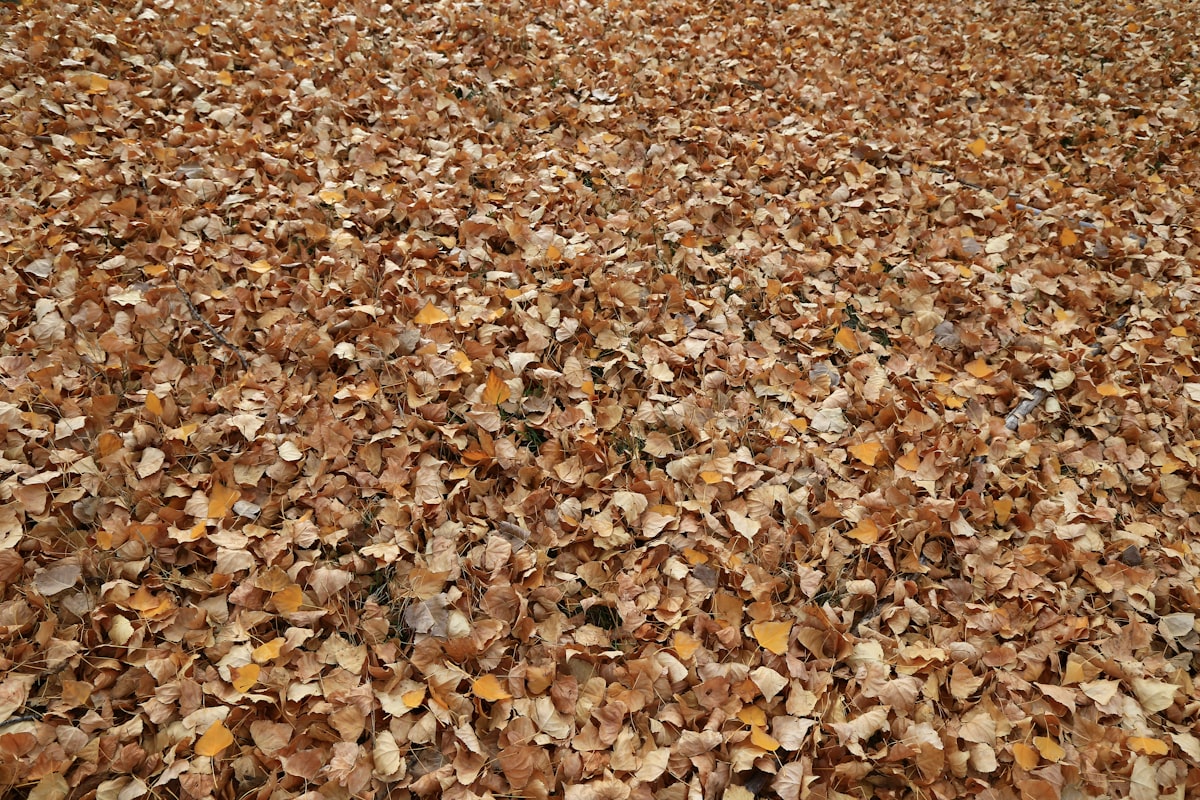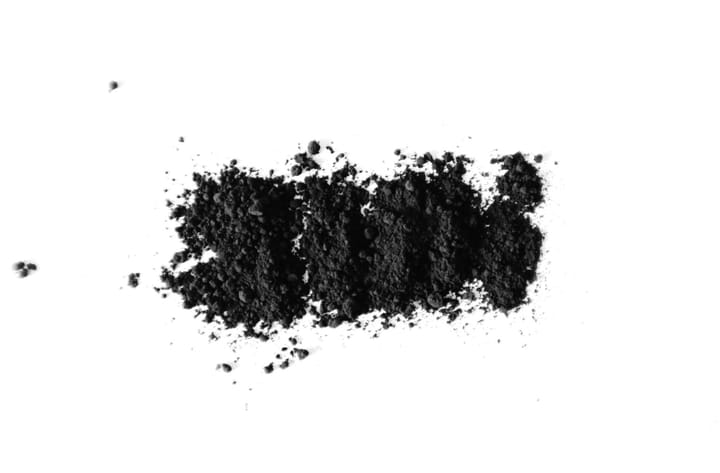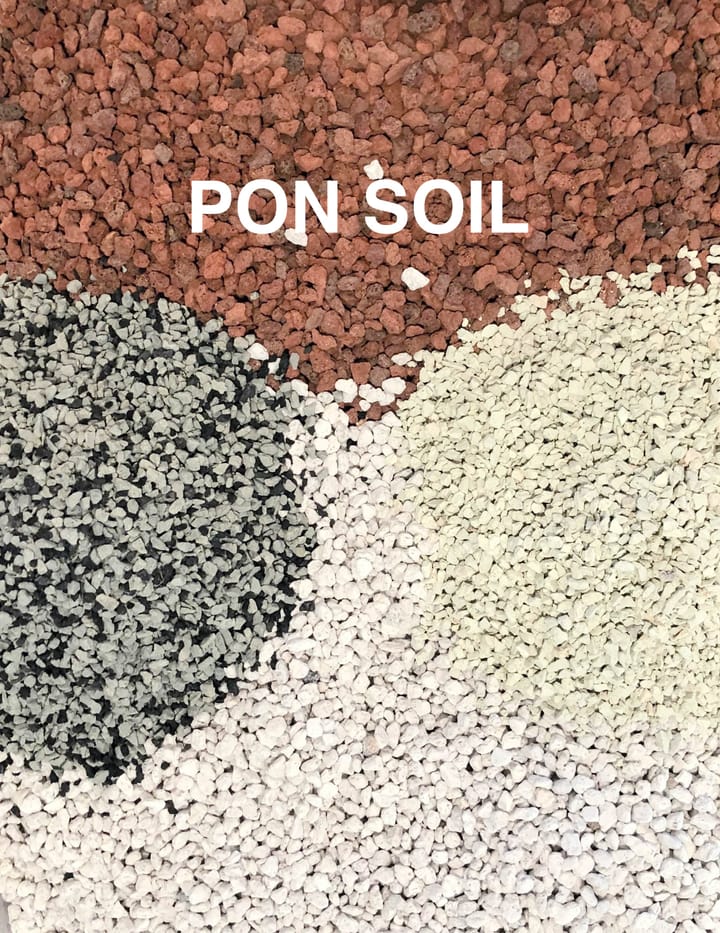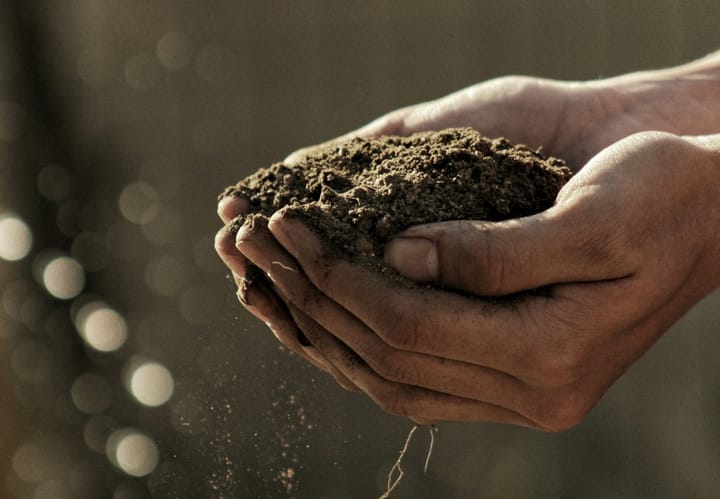Leaf Mulching
If you're looking for an efficient and eco-friendly way to dispose of fallen leaves, leaf mulching is a great option. Not only does it save you the hassle of bagging and disposing of leaves, but it also provides a nutrient-rich mulch for your garden.

To make leaf mulch, gather fallen leaves and store them in a bin or bag. You can speed up the process by chopping the leaves into smaller pieces.
Once you have your leaf mulch, you can use it to insulate plants during the winter, suppress weeds, and improve soil health.
It's a simple and effective way to use a natural resource and improve the health of your garden.
Understanding Leaf Mulch
What is Leaf Mulch
Leaf mulch is a type of mulch that is made from leaves. It is a nutrient-rich, organic material that can be used to improve the soil in your garden.
Leaf mulch is created by collecting fallen leaves and allowing them to decompose.
It is a great way to recycle leaves and turn them into a useful product for your garden.
Benefits of Leaf Mulch
Leaf mulch has many benefits for your garden. It helps to retain moisture in the soil, which is essential for plant growth.
It also helps regulate soil temperature, protecting plants from extreme heat or cold. Leaf mulch can also help to prevent soil erosion and crusting, as well as suppress weed growth.
In addition, leaf mulch is an excellent source of organic matter and nutrients for your soil.
As it decomposes, it releases valuable nutrients that plants can absorb. This can help to improve soil fertility and promote healthy plant growth.
Overall, leaf mulch is a great way to improve the health and productivity of your garden. It is easy to make and can be a cost-effective alternative to commercial mulches.
By recycling leaves and turning them into leaf mulch, you can create a nutrient-rich soil amendment that will benefit your garden for years.
Leaf Mulch vs. Other Mulches
Leaf Mulch Vs. Wood Chips
When choosing between leaf mulch and wood chips, there are a few things to consider.
Leaf mulch is made from organic matter, which provides nutrients to the soil as it breaks down.
Wood chips, however, take longer to break down and can rob the soil of nitrogen as they decompose.
Leaf mulch also has a finer texture than wood chips, which can help retain moisture in the soil more effectively.
Leaf Mulch vs. Straw
Straw is often used as a mulch in vegetable gardens, but how does it compare to leaf mulch?
While straw can help retain moisture in the soil, it doesn't provide any nutrients as it decomposes.
Leaf mulch, on the other hand, is rich in nitrogen and other nutrients that can help improve soil health.
Also, leaf mulch has a finer texture than straw, which can help suppress weeds more effectively.
Leaf Mulch vs. Bark
Bark mulch is another popular choice for gardeners, but how does it compare to leaf mulch?
Like wood chips, bark takes longer to break down and can rob the soil of nitrogen as it decomposes.
Also, bark mulch can be acidic and detrimental to some plants. Leaf mulch, on the other hand, is neutral in pH and provides nutrients to the soil as it breaks down.
It also has a finer texture than bark, which can help retain moisture in the soil more effectively.
When choosing a mulch for your garden, leaf mulch has several advantages over other types of mulch.
It provides nutrients to the soil, helps retain moisture, and can suppress weeds effectively.
While other mulch may have uses, leaf mulch is a versatile and effective choice for many gardeners.
Creating Leaf Mulch
To create leaf mulch, collect fallen leaves, shred them, and compost them. Here's how to do it:
Collecting Leaves
Collecting leaves can be done using a rake, leaf blower, or lawn mower with a mulching blade. Raking leaves is the most common method, but using a leaf blower or lawn mower can make the process faster and easier.
Shredding Leaves
Shredding leaves is essential to speed up the decomposition process. You can use a leaf shredder or an electric leaf shredder for this.
If you don't have access to a shredder, you can also use a lawn mower with a mulching blade to shred the leaves.
Composting Leaves
Composting the shredded leaves is the final step in creating leaf mulch.
You can add the shredded leaves to a compost pile or bin and other organic matter, such as grass clippings or kitchen scraps.
Over time, the leaves will break down and become leaf mold, a nutrient-rich soil amendment.
Creating leaf mulch involves collecting, shredding, and composting fallen leaves.
A leaf blower, lawn mower, or electric shredder can make the process faster and easier.
Adding the shredded leaves to a compost pile or bin will turn them into nutrient-rich leaf mold.
Using Leaf Mulch
Mulching Garden Beds
Using leaf mulch in your garden beds can help retain moisture and suppress weed growth.
Spread a layer of 2-3 inches of leaf mulch over your flower beds to keep the soil moist and cool during hot summer months.
Ensure that the mulch is not touching the stems of your plants to prevent rotting.
Mulching Lawns
You can also use leaf mulch to improve the health of your lawn.
After mowing your lawn, collect the grass clippings and mix them with the shredded leaves in a 1:1 ratio.
Spread the mixture over your lawn to provide nutrients and improve soil quality.
Adjust your mower height to ensure the clippings and leaves are finely shredded.
Mulching Trees and Shrubs
Mulching your trees and shrubs with leaf mulch can help retain moisture and regulate soil temperatures.
Spread 2-3 inches of leaf mulch around the base of your trees and shrubs, ensuring the mulch is not touching the bark. This will also help prevent weed growth and soil erosion.
Mulching for Wildlife
Leaf mulch can also benefit local wildlife by providing shelter and food for insects and small animals.
Leave a small pile of leaves in a corner of your yard to create a habitat for wildlife.
You can also spread a layer of leaf mulch in your garden beds to attract beneficial insects like ladybugs and lacewings.
Remember to gather and store fallen leaves before making leaf mulch. Chop up the leaves to speed up the readiness of the mulch.
Spread the mulch evenly and avoid piling it too high around the base of plants.
The extras can be disposed of by adding them to your compost pile or using them as a soil amendment.
Maintaining Leaf Mulch
You need to maintain your leaf mulch to make the most out of it properly. Here are some tips to help you keep your leaf mulch in good condition:
- Remove any weeds that may have sprouted on top of the mulch. This will help prevent them from growing and taking over your garden. You can easily pull them out by hand or use a hoe or garden fork to remove them.
- During the summer, you may need to add more leaf mulch to your garden beds to help keep the soil cool. This will help protect your plant's roots from the heat and prevent them from drying out.
- For winter, you can use leaf mulch to help keep the soil warm. This will help protect your plant's roots from the cold and prevent them from freezing.
- Make sure to water your garden beds regularly to help maintain the moisture levels in the soil. This will help your plants grow strong and healthy.
- Leaf mulch can also help prevent soil erosion by reducing surface evaporation and keeping soil temperatures consistent. This will help protect your garden beds from erosion caused by heavy rain or wind.
- Lastly, check your leaf mulch for any signs of pests or diseases. If you notice any issues, you may need to remove the affected leaves and dispose of them properly to prevent the problem from spreading.
By following these tips, you can maintain your leaf mulch properly and enjoy its benefits for your garden.
Advanced Leaf Mulching Techniques
Using Stand-Alone Mulchers
If you have a large property with many leaves to mulch, you may want to consider investing in a stand-alone mulcher.
These machines are designed to handle large volumes of leaves quickly and efficiently. They are typically powered by gas or electricity and can shred leaves into small pieces, perfect for mulching.
When using a stand-alone mulcher, following the manufacturer's instructions carefully is important.
Wear appropriate safety gear, such as eye and ear protection, and keep your hands and feet away from the machine's moving parts.
Using Handheld Mulchers
A handheld mulcher may be a good option if you have a smaller property or don't want to invest in a stand-alone mulcher.
These machines are smaller and less powerful than stand-alone mulchers, but they can still shred leaves into small pieces.
When using a handheld mulcher, it's important to take your time and work carefully.
Wear appropriate safety gear and keep your hands and feet away from the machine's moving parts.
Utilizing Leaf Vacuums
Leaf vacuums are another option for mulching leaves. These machines are designed to vacuum up leaves and shred them into small pieces.
Some leaf vacuums also have a mulching function that allows you to use the shredded leaves as mulch.
When using a leaf vacuum, follow the manufacturer's instructions carefully.
Wear appropriate safety gear and keep your hands and feet away from the machine's moving parts. It's also a good idea to empty the vacuum bag frequently to prevent it from becoming too heavy.
Overall, using a mulcher or leaf vacuum can make the leaf mulching faster and more efficient. Just follow the manufacturer's instructions carefully and wear appropriate safety gear.
Conclusion
Leaf mulching is an effective and environmentally friendly way to improve your garden's soil quality and plant health.
Using fallen leaves as mulch can reduce soil erosion, retain moisture, and prevent weed growth.
One of the key benefits of leaf mulching is that it is cost-effective and easy to do.
You can gather fallen leaves from your yard or local parks and neighbors. Once you have collected enough leaves, you can chop them up to speed up the readiness of the mulch.
Another advantage of leaf mulching is that it helps buffer soil temperatures, keeping the soil cooler in summer and warmer in winter, which helps protect plants' roots.
Additionally, by mulching instead of raking and bagging, you can eliminate plastic garbage bags' cost and environmental impact.
Leaf mulching is a simple and effective way to improve your garden's health and appearance.
Following the steps outlined in this article, you can create your leaf mulch and enjoy its many benefits.
Frequently Asked Questions
What are the pros and cons of using leaf mulch in a vegetable garden?
Leaf mulch is an excellent choice for a vegetable garden because it contains nutrients that can create rich soil when it breaks down. It also helps to retain moisture in the soil, which can be especially important during dry periods. However, it can be difficult to apply leaf mulch evenly, and it may not be as effective at suppressing weeds as other types of mulch.
How much leaf mulch should be applied to a garden?
The amount of leaf mulch you should apply to your garden will depend on the size of your garden and the type of plants you are growing. Generally, you should aim to apply a layer of mulch between 2 and 4 inches thick. However, you should avoid applying too much mulch, which can prevent water and air from reaching the soil.
Where can I purchase high-quality leaf mulch?
You can purchase high-quality leaf mulch from various sources, including garden centers, nurseries, and landscaping companies. You can also make your leaf mulch by gathering fallen leaves and shredding them with a lawn mower or leaf shredder.
What are the different types of garden mulch available?
There are several different types of garden mulch available, including wood chips, straw, grass clippings, and shredded leaves. Each type of mulch has its advantages and disadvantages, so it is important to choose the right type of mulch for your garden.
What is the best way to shred leaves for mulch?
The best way to shred leaves for mulch is to use a lawn mower or leaf shredder. You can also use a rake to gather the leaves into a pile and then run over the pile with a lawn mower. Shredded leaves will break down faster than whole leaves, which can help to speed up the composting process.
Is it better to mulch leaves when they are wet or dry?
It is better to mulch leaves when they are dry, as wet leaves can be difficult to shred and may clump together. If you must mulch wet leaves, you should try to spread them out in a thin layer and allow them to dry for a few hours before shredding them.


